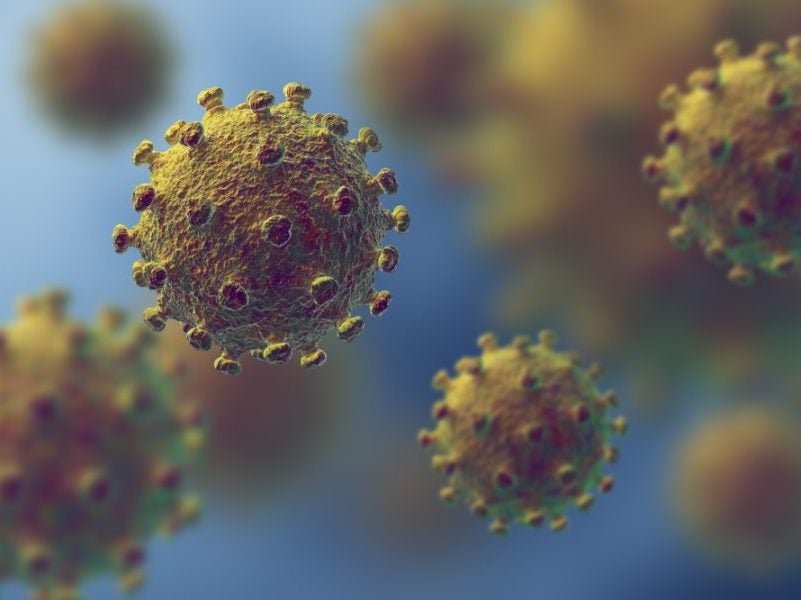One of the most frequently asked questions during the novel 2019 coronavirus (2019-nCoV) outbreak, centered in Wuhan, China, is how contagious is this new virus? One way to answer is to determine the R₀ (pronounced ‘R nought’), or basic reproduction number, of the virus. While several academic papers have been published in late January attempting to model R₀, interpreting it accurately is difficult.
R₀ is a mathematical theory in infectious disease epidemiology that measures how communicable a disease is within a population. The basics are simple: the R₀ value indicates how many people one infected person can go on to infect. When R₀ is greater than 1, the outbreak is ongoing, and the number of cases will increase. When R₀ is less than one, disease transmission has stopped and the disease is eliminated from the population. For example, the R₀ of measles is around 12-18, meaning one infected person will infect 12-18 new people. The R₀ modelled by researchers for the 2019-nCoV acute respiratory disease ranges from 2-5.47.
Is a high R₀ bad? R₀ shouldn’t be considered in terms of ‘good’ or ‘bad’; it informs only one aspect of an outbreak. R₀ is calculated by taking into account the ratio between the number of infections and the number of contacts the initial infected person had. The first cases found during an outbreak tend to be the most severe cases, while many asymptomatic or mild cases go unnoticed. R₀ can increase drastically if more of the mild / asymptomatic cases are found. A disease could have a R₀ of 100, but 99% of those cases could be mild / asymptomatic. Consequently, a disease could have a R₀ of 5, but almost all cases are severe. These two R₀ disease profiles are drastically different, and each has its own challenges in stopping the transmission.
Is R₀ universal for all countries? Definitely not. R₀ is also affected by disease prevention measures. When a population is aware of a disease that is spread through person-to-person contact, and actively limit such engagements, the R₀ will decrease. The same disease can have very different R₀ values depending on the environment and social constructs. For example, the R₀ of the 2019-nCoV acute respiratory disease in the US is less than 1, due to the strict isolation protocols of potential cases that drastically decreases the number of contacts for an infected individual.
There are a lot of uncertainties attached to the current R₀ estimates. R₀ also takes into account the duration of disease illness and number of contacts expected during the duration of illness. As we gather more information about the new virus over the next weeks and months, R₀ estimates are certainly expected to change.

US Tariffs are shifting - will you react or anticipate?
Don’t let policy changes catch you off guard. Stay proactive with real-time data and expert analysis.
By GlobalData




